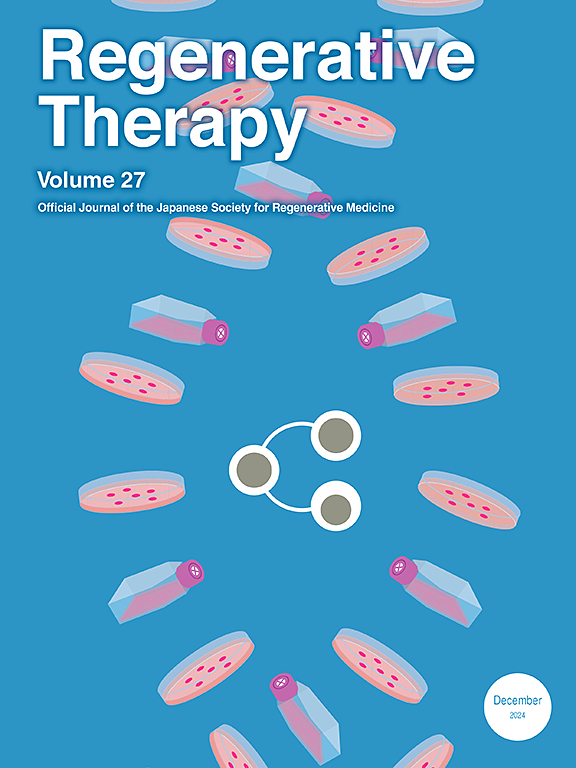Optimizing the commercial manufacturing of tisagenlecleucel for patients in Japan: A 4-year experiential journey
IF 3.4
3区 环境科学与生态学
Q3 CELL & TISSUE ENGINEERING
引用次数: 0
Abstract
Background
Tisagenlecleucel, an autologous CD19-directed chimeric antigen receptor T-cell therapy, was approved in Japan, in March 2019 for patients with relapsed/refractory (r/r) B-cell acute lymphoblastic leukamia and r/r diffuse large B-cell lymphoma, and in August 2022 for patients with r/r follicular lymphoma. Post-approval, a key goal has been to upscale and continuously improve manufacturing and shipment success rates (MSR and SSR, respectively) in the commercial setting to meet the needs of patients worldwide, including in Japan. Herein, we report accrued experience from a 4-year journey of commercial tisagenlecleucel manufacturing process optimization for patients in Japan.
Methods
Data were collected from the Novartis tisagenlecleucel manufacturing database, and only commercial tisagenlecleucel orders between August 2019 and July 2023 were included. The data for cancellations after shipment were based on cancellation forms obtained from institutions.
Results
Since the first approval of tisagenlecleucel in Japan, its MSR and SSR improved over 4 years. Particularly, the MSR increased from 85.6 % in the first year to 95.3 % in the year 4, while the SSR increased from 92.4 % to 98.4 % in the same period. The corresponding termination and out-of-specification (OOS) rates decreased from 6.8 % to 0.9 %, and from 7.6 % to 3.7 %, respectively. The MSR (87.9 % versus 94.6 %), SSR (93.0 % versus 97.5 %), termination (6.0 % versus 1.9 %), overall OOS rates (6.1 % versus 3.5 %), and viability OOS (2.8 % versus 0.2 %) have improved significantly since the implementation of manufacturing process improvements in 2022.
Conclusion
Continuous improvements in the tisagenlecleucel manufacturing process over the years resulted in higher manufacturing success and increased product availability for Japanese patients.
求助全文
约1分钟内获得全文
求助全文
来源期刊

Regenerative Therapy
Engineering-Biomedical Engineering
CiteScore
6.00
自引率
2.30%
发文量
106
审稿时长
49 days
期刊介绍:
Regenerative Therapy is the official peer-reviewed online journal of the Japanese Society for Regenerative Medicine.
Regenerative Therapy is a multidisciplinary journal that publishes original articles and reviews of basic research, clinical translation, industrial development, and regulatory issues focusing on stem cell biology, tissue engineering, and regenerative medicine.
 求助内容:
求助内容: 应助结果提醒方式:
应助结果提醒方式:


